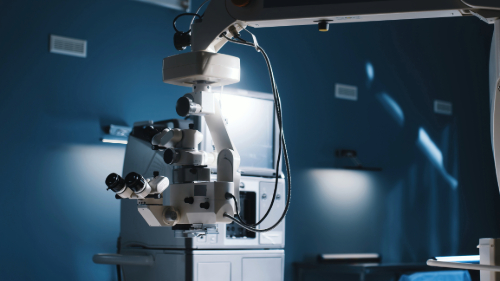From antimicrobial potential to antibiotic resistance: explore the latest microbial discoveries
Posted on June 3, 2025 by Clare Baker
Each month, the Microbiology Society publishes the International Journal of Systematic and Evolutionary Microbiology, which details newly discovered species of bacteria, fungi and protists. Here are some of the new species that have been discovered and the places they've been found.
Starting off with a bang this month, as we have four new species that have shown antimicrobial potential. Firstly, we have Streptomyces lycopersici and Streptomyces cucumeris, two novel actinobacteria isolated from the rhizosphere soil of plants in Harbin, Heilongjiang Province, and Guangzhou, Guangdong Province, China, respectively. Both strains showed broad-spectrum antifungal activity.
Next, we have Kitasatospora hibisci, a novel bacterial strain which was also isolated from rhizosphere soil. Instead of the rhizosphere soil of a tomato plant or a cucumber, which was where our Streptomyces strains were found, K. hibisci was collected from the soil of a Hibiscus tiliaceus plant on the bank of the Beilun River in Dongxing City, Guangxi Province, PR China. It was isolated as part of the researcher’s ongoing efforts to discover antibacterial agents from soil. So, we assume they were very happy when they found that the strain displayed antimicrobial activity against a range of microbes, in particular plant pathogenic micro-organisms.
The final string in our ‘antimicrobial potential’ bow is Streptomyces haneummycinicus, a novel antibiotic-producing actinomycete. S. haneummycinicus was isolated from marine sediment collected from Tokyo Bay near Haneda Airport, Japan. It produces the antibiotic haneummycin, from which it earns its name.
Our next microbe was discovered during an Animal Plant and Health Agency investigation. After pre-weaned piglets had been found dead, researchers performed a veterinary diagnostic investigation to find out why and discovered Streptococcus hepaticus. The strains were isolated from liver swabs taken from the dead pigs at post-mortem examination. Both pigs were found to have primary intestinal disease and coccidiosis (a parasitic disease of the intestinal tract) caused by Cystoisospora suis was diagnosed in the second submission.

Interior of a modern ophthalmology operating room with modern equipment.
Unlike pig liver, or rhizosphere soil, you can’t see where our next microbe came from. Two strains of a new species of bacteria, Roseomonas xinghualingensis, were isolated from air samples collected at Shanxi Eye Hospital, Taiyuan, China. They join the genus Roseomonas, which has been isolated from a variety of locations including air, water, soil and the skin of healthy people, and is used as a probiotic for the treatment of atopic dermatitis. However, some species in the genus are considered as rare opportunistic pathogens which can cause wound infections in the bone, urinary tract and bloodstream for example. The skin is the main source of these rare opportunistic pathogens. When looking at our novel strains specifically, researchers found that one of our strains had genes which suggested that it may cause disease, and both were resistant to four types of antibiotics.
We’ve gone from positive stories of novel antimicrobials to less promising stories of unwell piglets and possible pathogenic microbes found in hospital air, so let’s end on something beautiful, shall we? Our final microbe, Nocardia sichangensis, was isolated from rocky soil collected from Sichang Island, Chonburi Province, Thailand. This beautiful island is characterised by mountainous and rocky terrain which covers ~80% of the area. Researchers discovered our novel actinobacterium when studying the diversity of actinomycetes in Thailand.

